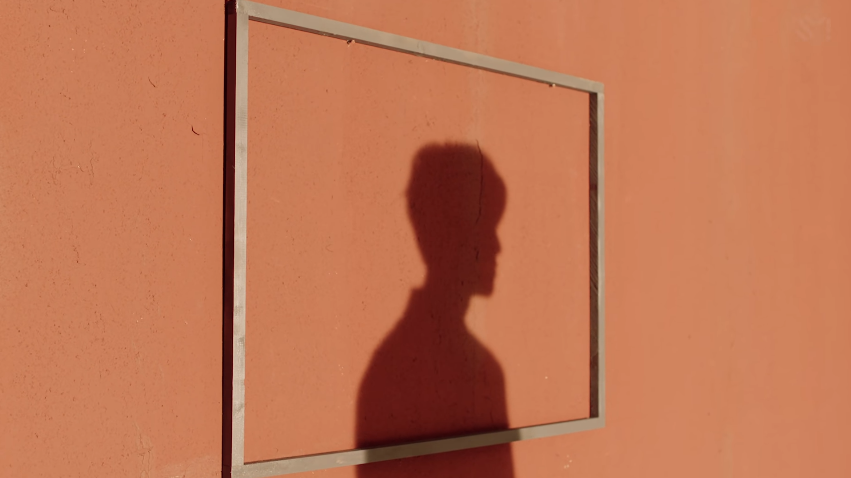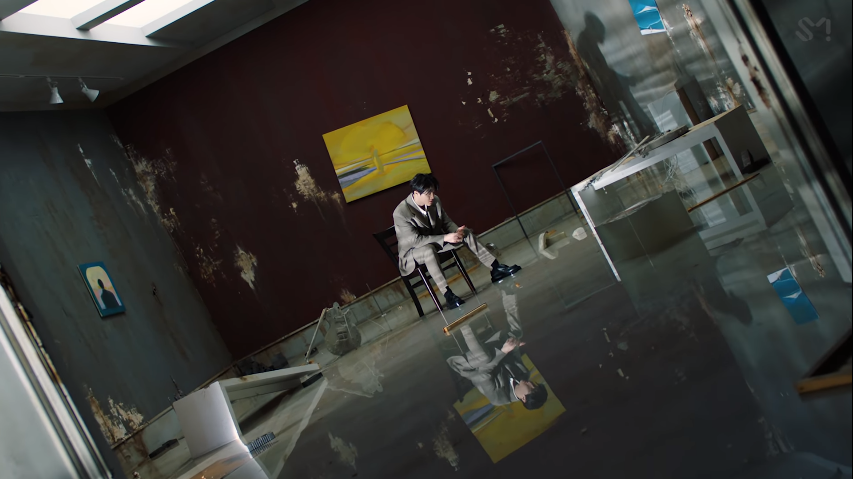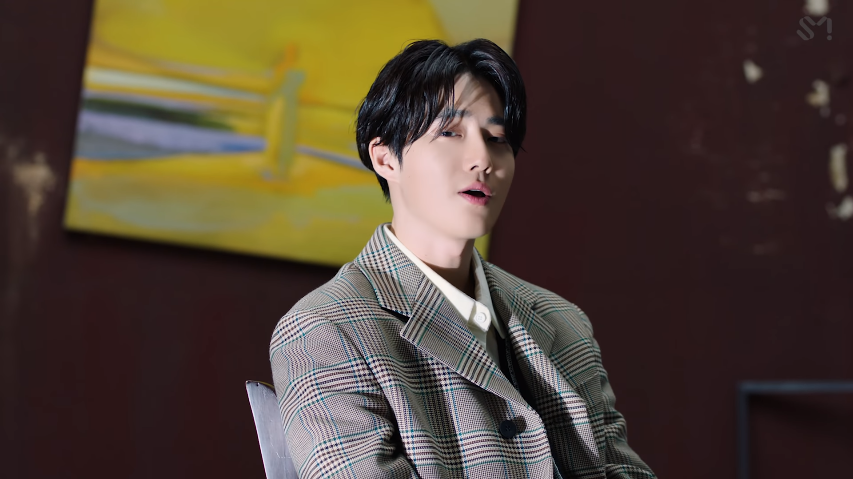
Since Exo’s debut in 2012, their musical and aesthetic creativity has matured through plenty of experimentation that, successful or questionable, has paved their way into carving out a distinct niche. With every comeback, the group has shown completely new versions of themselves that further add to their sound — rendering them to be stylish and sleek, yet talented and versatile with their skills. Vocals, rap, and dance have all contributed towards one solidified production for fans to enjoy throughout their long eight years. Overtime, Exo has found what works for them and provided a more mature sound, be it with their latest comeback “Obsession” or their sub-units (Exo-SC or Exo-CBX).
Considering the group’s steady evolution, it’s been nothing short of exciting to see how members release their solos, one by one. Whether through a solo album or an SM Station track, each member has taken the chance to define their own musical color through these ventures. Examples include Chen for “Beautiful Goodbye” or “You” with Dynamic Duo, Baekhyun’s “UN Village” or “Young” with Loco, Xiumin’s “You” or “Call You Bae” with AOA’s Jimin, D.O.’s “That’s Okay”, and more. Somehow, despite being distinctly crafted for each member, the song would retain Exo’s high versatility with both concept and genre. The lavish quality and sleek delivery of vocals and visuals would still be there, reminding fans of each member’s roots.
On that note, Suho’s overdue solo release has stirred plenty of excitement. After releasing a number of collaboration tracks and OST’s, it was about time that Exo’s hardworking leader Suho gets to release his mini album Self-Portrait. His title track “Let’s Love” has been chosen to promote his work — a deep yet refreshing take on spring.
Suho’s light, steady vocals finds its spotlight in this track, as he easily belts out sweet lyrics that speak of yearning for his lover. It caught my ears on the first listen, especially as the catchy, mellow track laid a smooth foundation for Suho to sing along with. The MV production, on the other hand, is more modest than I had anticipated it to be. Knowing that Suho (and his song) has plenty of potential to show, the visual aspect of “Let’s Love” fell through against expectations, in contrast to the high quality of his track.

Generally, K-pop music videos fall under three categories: performance, aesthetic/symbolism, and plot. Regarding this, “Let’s Love” played out the middle “aesthetic/symbolic” category: specifically, an individual aesthetic. The majority of the MV was filled with aesthetic shots of Suho, diversified by proximity and background. This diversity largely relied on lighting, creativity, and various outfits that created nice — but empty — aesthetics. More often than not, shots of Suho were pitted against a wide space that hinted towards minimalism. That isn’t a bad idea in and of itself, but only if it had been executed more intentionally.
By the time the MV was two-thirds of its way in, though, it was a matter of time to see how the rest of the nearly four minutes would be filled up. It was only at the end where it showed so much untapped potential. Various onlookers explore an art museum, before a shadow resembling Suho is coincidentally poised perfectly in the middle of an empty portrait. By the next shot, one of the artworks done of Suho is zoomed out of the camera as the MV’s end.

Ultimately, it leads viewers to wonder whether the last 20 seconds has more potential reflecting the song than the rest of the three minutes prior. Considering Suho’s mini-album theme, the MV could’ve taken a great chance to connect the overall theme to the title track. While the MV could choose not to go down the typical path of showing a relationship, it could’ve experimented with one of the best modes of imagination: art. After all, art is a method to combine imagination and reality together, combined with the unique style of the artist(s) involved to display a concept through their perspective. Presenting an artistic MV for an album based on art, and the idea of self, would have been a surefire way of reflecting Suho’s theme.
MVs overall rely on a number of factors — from plot to symbolism or choreography — to balance out the types of shots provided. In the case of ballads, a lack of choreography would call for a greater reliance on a storyline, however vague it may be. Or, it will at least show aesthetic shots that visually represent the song for us to see for ourselves. In this case, the MV director was more modest than was called for, as they had so much to work with. And while minimalism can also conjure up imagination, there remains an uncertain grey area this MV falls under.

At the very least, Suho pulled off his shots quite well. He caught the perfect angles, and managed his face expressions to be light and poised even with high notes. Since the song itself is more relaxed and smooth, it was good to see that Suho followed suit with the mood. He and his song easily melded in together to present a wholesome performance of the sweet track. I further appreciated the variety of expressions and positions he included per select scene.
All in all, Suho showed great potential as a solo performer. Here’s hoping that, to back him up, MV directors would try taking greater creative risks to fully showcase future concepts and themes!
(YouTube; Images via SM Entertainment)


0 Comments